In 1982, at the age of 10, Samantha Smith wrote a letter to the then head of the Kremlin, Yuri Andropov, which made headlines. It's alarmingly relevant on her 50th birthday.
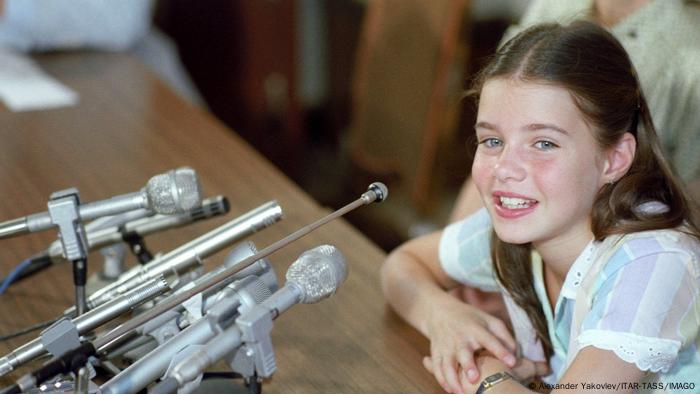
Peace activist at the age of 10: Samantha Smith
When we hear the term “young activist” we think of names like Malala Yousafzai and Greta Thunberg.
Pakistani woman Yousafzai survived being shot in the head by the Taliban in 2012, she had campaigned for girls' right to education. The school strikes by Swede Greta Thunberg against climate change in 2018 were the beginning of the global youth movement “Fridays for Future”. Both girls were 15 when they began fighting for their causes.
In the 1980s, at the height of the Cold War between the US and the former USSR, a 10-year-old US -American girl also for headlines.
Her desire for peace and the prevention of nuclear war is still relevant 40 years later: in Russia's current war of aggression against Ukraine, Russia has made veiled threats regarding a possible nuclear attack.
The girl's name was Samantha Reed Smith.
” No more war!”
Born on June 29, 1972 in Houlton, Maine, Samantha Smith was only five years old when she wrote a letter to Queen Elizabeth II expressing her admiration expressed for the Queen.
When Samantha was ten years old, the Cold War and nuclear arms race between her country under President Ronald Reagan and Russia were dominant.
“There was always something about missiles and nuclear bombs on TV,” she wrote at the time reading on the website smanthasmith.info. You saw a scientist on TV who said “nuclear war would destroy the earth and destroy the atmosphere. No one would win a nuclear war.”
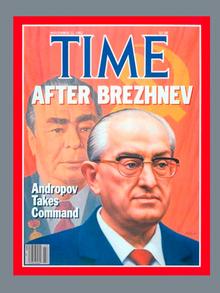
Leonid Brezhnev's successor in the Kremlin: Yuri Andropov
Then her mother showed her a November 22, 1982 issue of Time magazine introducing the new Soviet leader, Yuri Andropov. The cover story made it clear that both the Soviets and the US feared that the other would start a nuclear war. At this point, the “balance of terror” prevailed: both states were armed to the teeth, the destructive potential of their nuclear missiles could have destroyed mankind multiple times.
“It all seemed so stupid to me. I knew about the terrible things that happened during World War II and thought nobody would ever want a war again,” the 10-year-old said. “I told my mother to write to Mr. Andropov to find out who was causing all the trouble. She said, 'Why don't you write to him yourself?' So I did.”
A letter to the Kremlin
Samantha's letter of November 1982 read:
“Dear Mr. Andropov,
my name is Samantha Smith. I am 10 years old Congratulations on your new job. I'm worried that Russia and the United States could end up in a nuclear war. Will you vote for war or not? If not, please tell me how you intend to help prevent war. You don't have to answer this question, but I would be happy if you did. Why do you want to conquer the world or at least our country? God created the world for us to share and care for together. Not to fight or for a group of people to own everything. Please let us do what he (God) wanted so that everyone can be happy.”
At the end she added: “P.S. Please write back.”
The letter arrived. And it attracted attention – it was printed in the Russian newspaper “Pravda”. Only Andropov's answer was several months in coming. In April 1983 she finally came. “Your question is the most urgent that any thinking person can ask,” wrote the Russian head of state.
When asked about the disastrous effects of nuclear weapons, he wrote: “In America and in our country there are nuclear weapons – terrible weapons that can kill millions of people in an instant. But we do not want them ever to be used.” And that's why his country has declared that it will not use nuclear weapons against other countries first.
“Yes, Samantha, we in the Soviet Union are trying to do everything possible so that there is no war on earth. We want that every Soviet person. That's what the great founder of our state, Vladimir Lenin, taught us,” Andropov wrote.
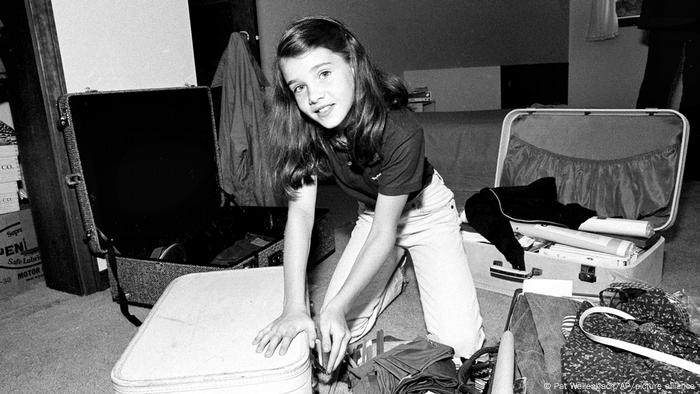
Samantha Smith is packing her bags
Finally, he invited the girl to visit the Soviet Union with her parents in July 1983 – despite tensions between the two superpowers.
A Soviet propaganda tool?
Stations Their two-week trip included Moscow, Leningrad and Artek, a Black Sea holiday camp. However, there was no personal meeting with Andropov: at that time he was already seriously ill. However, they spoke to each other on the phone.
Smith's visit was followed by the press in both Russia and the United States. While the Russian media and public welcomed her visit, some members of the US press saw it as a public relations stunt. She also received letters asking if she was a tool of Soviet propaganda.
Nicknamed “America's Youngest Ambassador”, Smith attended the International Children's Symposium in Kobe, Japan in December 1983. In a speech, she suggested that the heads of state of the US and the Soviet Union should send their granddaughters to each other's countries for two weeks every year, since a head of state will not bomb a country “where his granddaughter is visiting.”
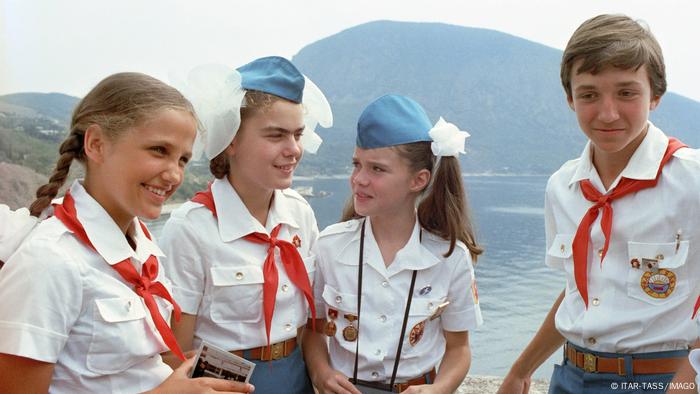
Artek was Samantha's favorite stop on her journey through the Soviet Union
She has given television interviews and hosted a children's show for Disney Channel, “Samantha Smith Goes to Washington: Campaign '84” in February 1984, in which she interviewed various political leaders on campaign issues.
Guest appearances in comedy and a regular role in a television series. With the help of her father she also wrote her book “Journey to the Soviet Union” (1985).
Humanity trumps war
While her actions didn't help to defuse Cold War political tensions, her observations during and after her trip to Russia helped to allay some mutual mistrust between Russians and Americans.
“Some people have a wrong image of the Soviets,” she told reporters during her tour of Russia. “They want peace, just like me.” Russian children are just like the ones they know in the US. “I thought they were really nice people.” Samantha Smith wrote a book about her journey called “Journey to the Soviet Union”.

The Soviet Union honored Samantha Smith with a stamp after her death
Gorbachev: “She could have done a lot of good”
The accident happened a little later: On a flight back from filming for the series “Lime Street” in London, the plane crashed, all occupants were killed, including Samantha and her father. She was only 13 years old.
Among the many people who expressed their dismay at the girl's untimely death was Mikhail Gorbachev, the new General Secretary of the CPSU and later President of the Soviet Union, whose liberal concepts of the Perestroika and glasnost led to the collapse of the Soviet Union.
“I believe that if it hadn't been for Samantha's tragic death, she would have been able to actively participate in social change and do a lot of good,” he wrote at the time.
On June 29, Samantha Reed Smith would have been 50 years old.
This article was adapted from English.
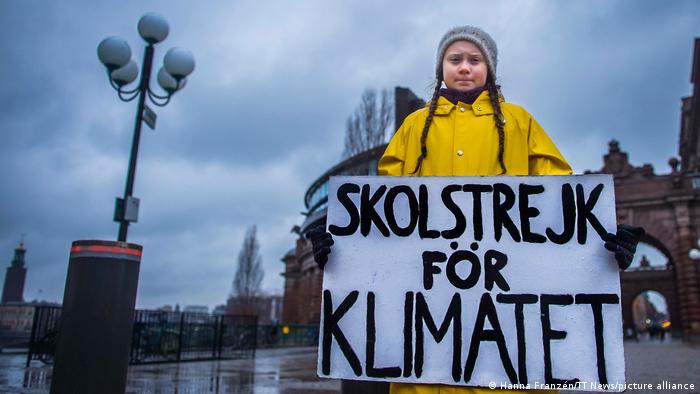 Nine youths who the wanted to change the world
Nine youths who the wanted to change the world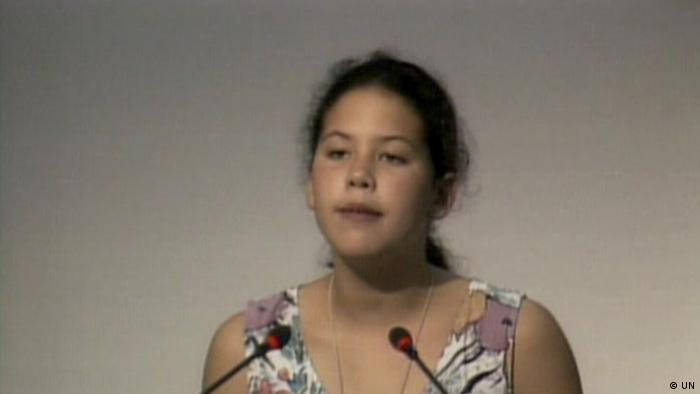 Nine young people who want to change the world en
Nine young people who want to change the world en Nine young people who wanted to change the world
Nine young people who wanted to change the world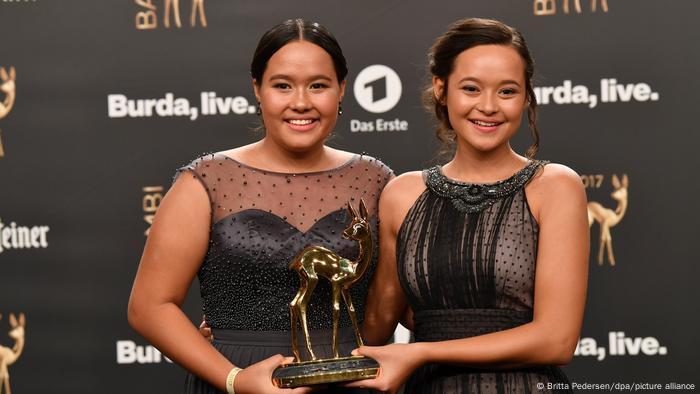 Nine young people who wanted to change the world
Nine young people who wanted to change the world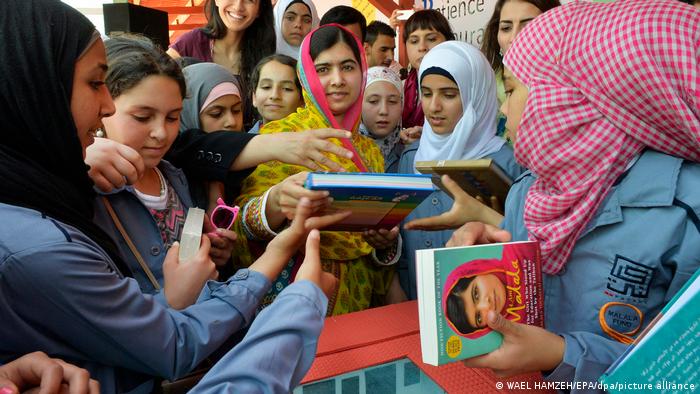 Nine young people who wanted to change the world
Nine young people who wanted to change the world Nine young people who wanted to change the world
Nine young people who wanted to change the world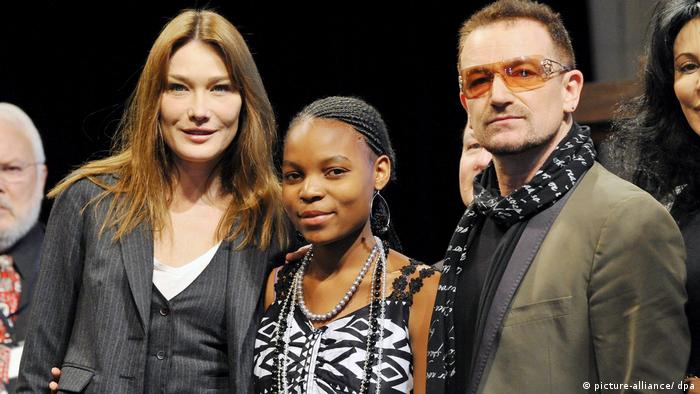 Nine young people who wanted to change the world
Nine young people who wanted to change the world Nine young people who wanted to change the world
Nine young people who wanted to change the world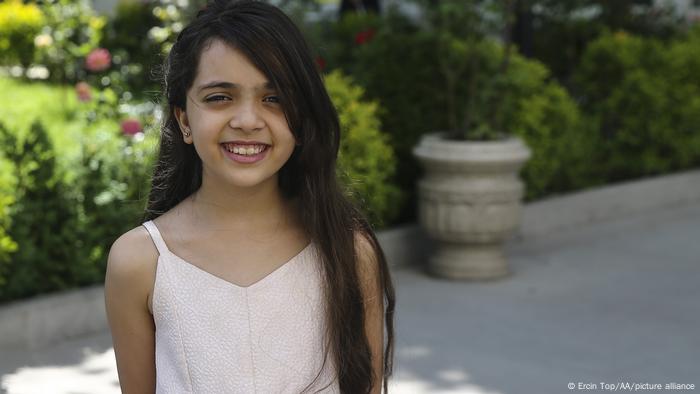 Nine young people who see the world wanted to change
Nine young people who see the world wanted to change